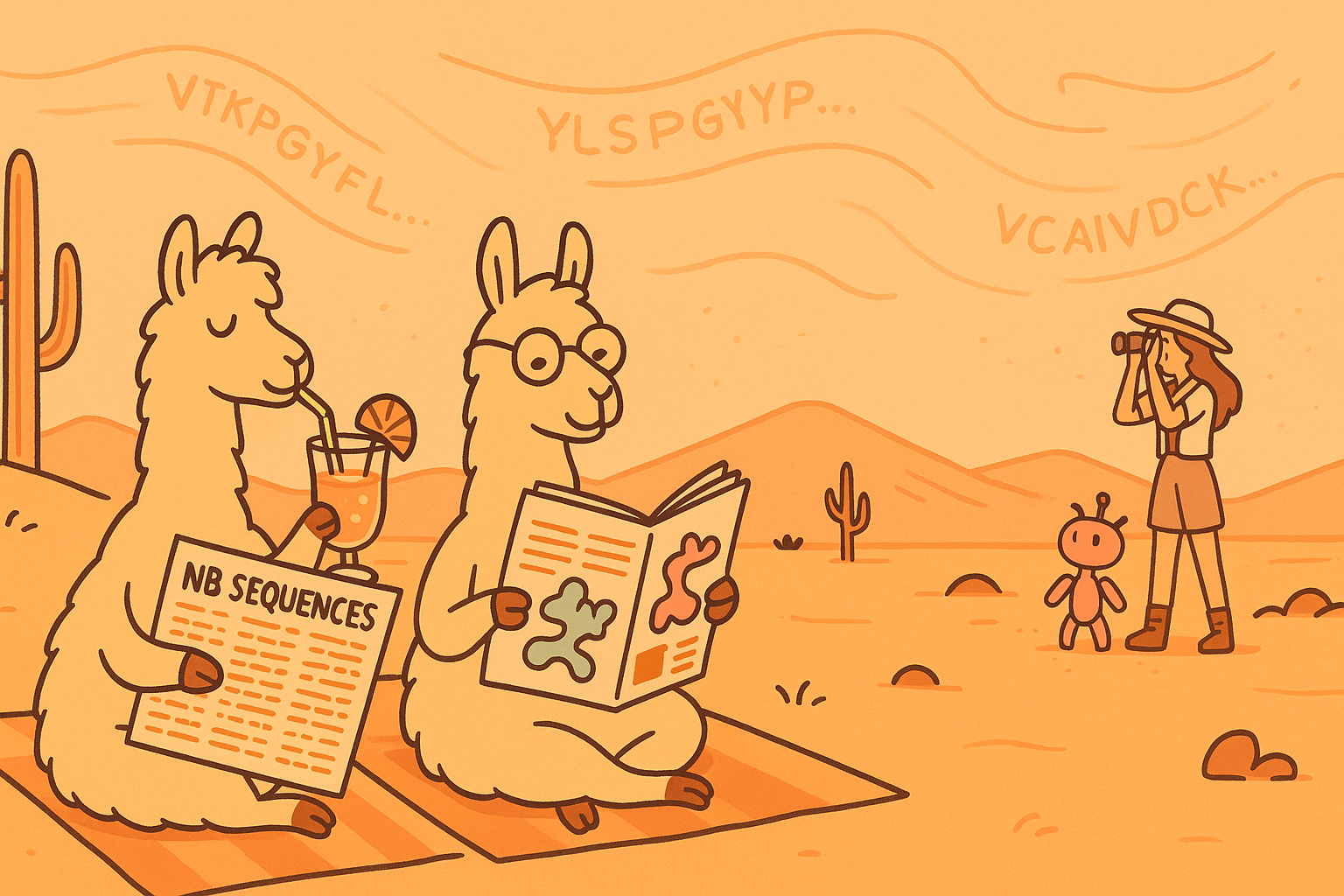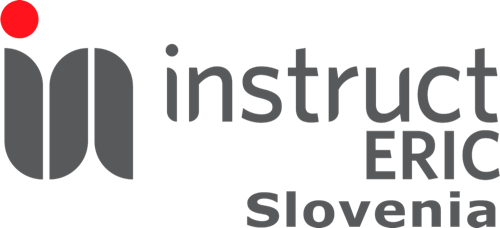Nanobodies Workshop: Binder Recovery by In Silico and In Vitro Panning
University of Nova Gorica

Four-day intensive training for early-stage researchers:
- When: 22. - 26. September 2025
- Where: University of Nova Gorica, Gorica, Slovenia (campus Rožna Dolina: map)
Keynote Speaker I: Prof. Dr. San Hadži, Universitz of Ljubljana
Keynote Speaker II: Eva Smorodina, University of Oslo
This workshop is tailored for PhD students and early-career scientists eager to learn how to discover and engineer nanobodies — single-domain antibody fragments derived from camelid heavy-chain antibodies.
Participants will engage in a program consiting of lectures, hands-on laboratory sessions, and interactive computational tutorials. You will learn to identify nanobody candidates both in silico (using computational tools) and in vitro (through wet-lab panning techniques).
🔬 What You’ll Learn
-
How nanobody libraries are constructed, characterized, and screened
-
Computational workflows to model, rank, or design nanobody candidates
-
Hands-on training with phage display and wet-lab selection of antigen binders
🎯 Who Should Apply?
This workshop is open to PhD students with a basic background in biochemistry, molecular biology or related fields. It’s ideal for researchers ready to integrate nanobody discovery into their work—computationally, experimentally or both. We will select participants based on their submitted abstract and motivation letter. To encourage learning from each other, all accepted participants are expected to deliver a 10-minute short presentation in the daily PhD2PhD sessions. Successful applicants will be notified and asked to pay a €300 registration fee (see FAQ for what is included).
🧠 PhD2PhD Session
Each registered participant presents either their current PhD project as it relates to nanobody research or a method/idea they plan to adopt. Talks are strictly 10 minutes, followed by a moderated discussion with peers and lecturers. Participation in these sessions is a requirement of registration.
🤝 Collaboration & Networking
The program includes informal discussion rounds, dedicated networking events, and social activities designed to foster connections and future collaborations.
💰 Funding & Support
This workshop is supported by:


